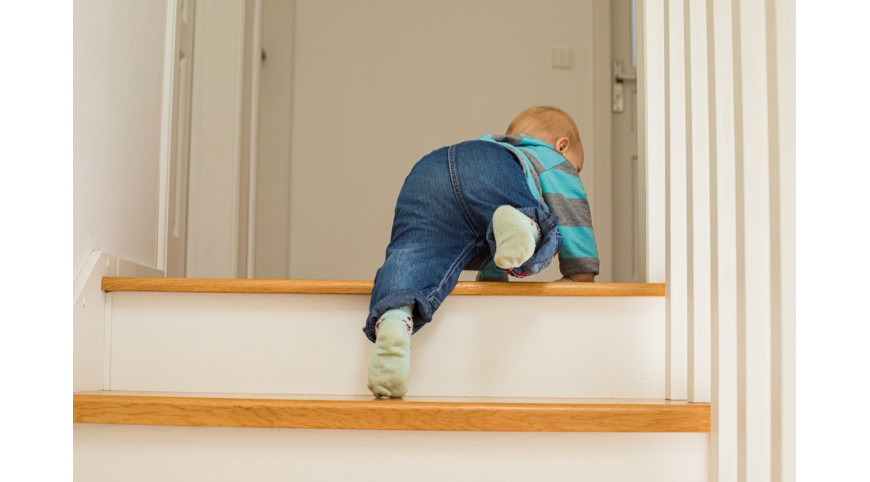Childproofing Your Home: Safety Measures for Babies and Toddlers
Welcoming a new baby into your home is a joyous occasion, but it also comes with the responsibility of ensuring a safe environment for your little one. Babyproofing your home is essential to prevent accidents and injuries as your baby begins to explore their surroundings. In this comprehensive guide, we'll discuss the importance of child-resistant, common hazards to look out for, and practical safety measures to implement throughout your household.
Importance of Child-Secure Practices
Recognizing the significance of toddler proofing within the household, is vital to establish a secure setting for infants and young ones. Babies and toddlers, guided by their innate curiosity, are susceptible to mishaps and harm. Implementing proactive safety protocols, such as anchoring furniture and safeguarding electrical outlets, aids in averting typical household accidents like falls, burns, ingestion of hazardous substances, and lacerations. By embracing holistic child-friendly approaches, parents can eliminate danger and foster a protected atmosphere for children to discover.
Common Hazards in the Home
When considering child safety, it's crucial to recognize potential hazards present in various areas of the home.
- In the kitchen, sharp edge items such as knives and scissors, along with hot surfaces including stoves and ovens, pose significant risks to curious toddlers.
- Bathroom hazards include slippery floors, accessible medications, and drowning risks in bathtubs or toilets
- In the living room and bedrooms, sharp-cornered or unstable furniture can endanger curious toddlers. Opting for a baby cot ensures a secure and comfortable sleeping environment
- Electrical outlets and cables can cause electric shocks
- Small objects like coins, batteries, and toys with small detachable parts pose choking hazards
- Household chemicals and cleaning products stored within reach can also be toxic if ingested
Practical Safety Measures
Creating a secure setting for young ones involves implementing practical safety measures throughout the home.
- Secure weighty furnishings like bookshelves, dressers, and TVs to the wall studs
- Child-safety locks on kitchen and bathroom cabinets and drawers, as well as medicine cabinets, are crucial for preventing access to hazardous items
- Covering power outlets with outlet covers and securing cords with cord organisers minimizes the risk of electrocution and strangulation
- Opt for age-appropriate toys suitable for your child's age that do not contain small components or pose choking risks
- Establish a safe sleep environment by using a crib with properly fitted soft bedding set
Additional Safety Considerations
- Maintaining a safe outdoor play area is paramount for children's safety
- Ensure the outdoor space is enclosed and secure to prevent children from wandering or accessing dangerous areas
- Regular supervision is also crucial to monitor children's activities and intervene if necessary
- When selecting outdoor toys, opt for age-appropriate options that are sturdy and durable. Consistently examine toys for any indications of damage or wear and replace them as necessary to avert accidents
- Store important contact information, including emergency contacts, and healthcare providers in case of emergency
- Keep your baby safe and comfortable outdoors with a reliable stroller featuring a five-point harness and shock absorption system
Childproofing your home is an essential measure to guarantee the safety and welfare of the baby or toddler. By recognizing potential hazards and applying practical safety measures, you can establish a protected environment where your little one can grow and explore without risks. Keep in mind that ensuring your child's safety is a continuous effort, so make sure to frequently assess and enhance your safety protocols as your child progresses and evolves.
Don't forget to follow us on Instagram to make your parenting journey much safer & easier.
In Same Category
Related by Tags
- Redefining Playtime: Engaging Alternatives to Screen Time
- Baby Sign Language: Communicating with Your Infant
- Childproofing Your Home: Safety Measures for Babies and Toddlers
- Summertime Sips: 10 Refreshing Puree Recipes to Nourish Your Little One
- Are your kids safe from summer? Know the summer health care tips here!

Comments
No comment at this time!
Leave your comment